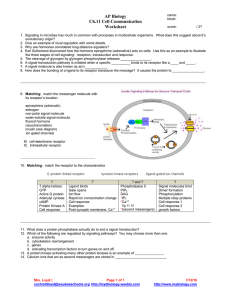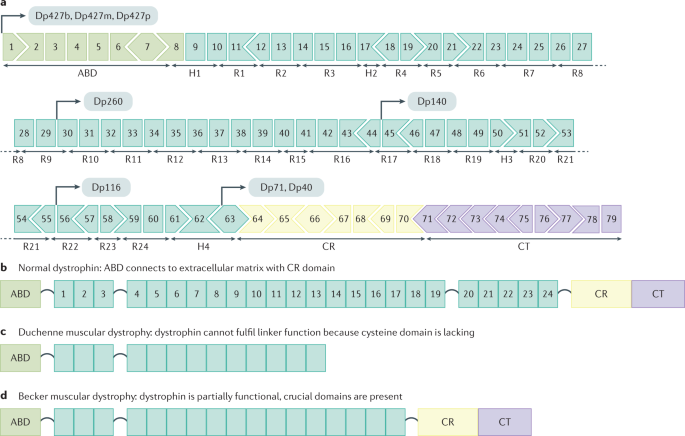
I often only award a small number of points for reading guides, about 5 pts and mainly look for completion. I have developed reading guides for several chapters and will add more as I go.

Openstax does have chapter questions available, but I prefer to use reading guides which ask students to read the chapter, pausing to answer questions as they go. Some even request that I print the chapters for them (which I do.)Īs with other textbooks I have used in the past, students do not read chapters unless you give them some kind of assignment that goes with it.

Students really resist having to carry heavy textbook around (I can’t blame them) and have expressed that they like the digital version. pdf file from Openstax broken down into chapters, which I share with my class over google classroom. You can even purchase a bound copy from Amazon for around $60, which is very reasonable for a textbook. Students can download this text for free, view it on their devices and print it out. This shows that membrane proteins are dispersed and individually inserted into the phospholipid bilayer, with only their hydrophilic regions out far enough from the bilayer to be exposed to water.I use Openstax Biology 2e as a textbook for my AP Bio and dual credit class. When the halves of the fractured membrane are viewed in the electron microscope, the interior of the bilayer looks cobblestoned, with protein particles wedged in a smooth matrix.


It was believed that only the hydrophilic heads of the phospholipids immersed in the water and their was no bilayer.Ģ. The bilayer is a stable boundary between two compartments because the molecular arrangement shelters the hydrophobic tails of the phospholipids from water while the hydrophilic heads stay in the water.Ī. The cell membrane is a phospholipid bilayer two membranes thick. Phospholipids consist of a hydrophilic head, and a hydrophobic tail. This study guide is my completed questions to the questions that are issued by the teacher using the text "Biology" by Campbell and Reece.Ĭhapter 8: Membrane Structure and Functionġ.


 0 kommentar(er)
0 kommentar(er)
